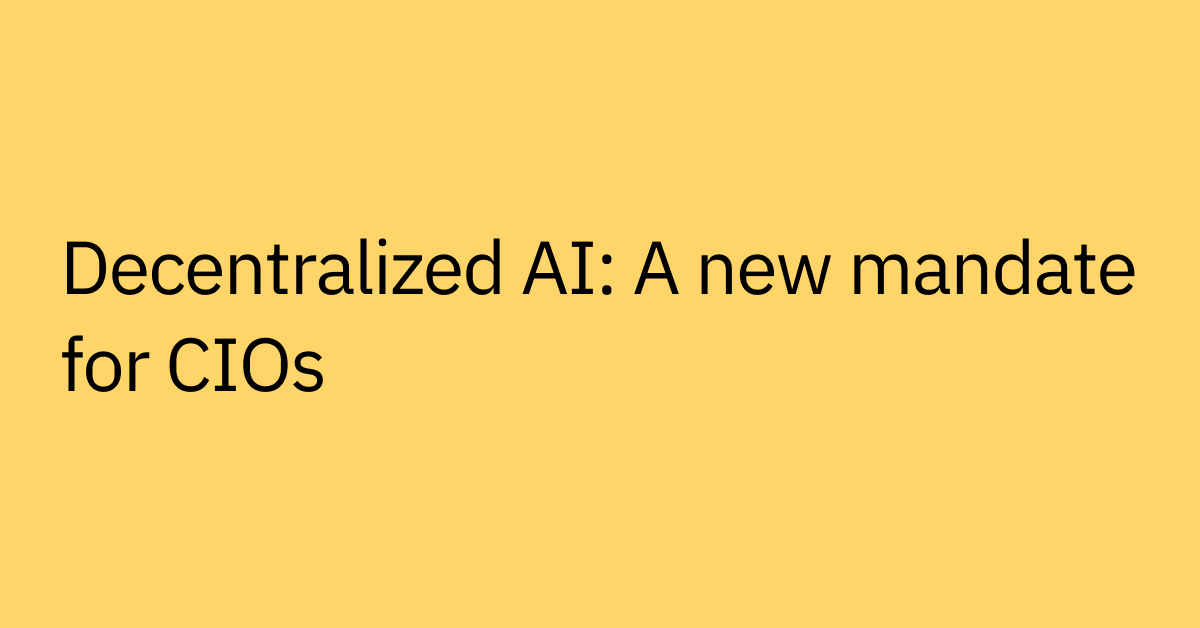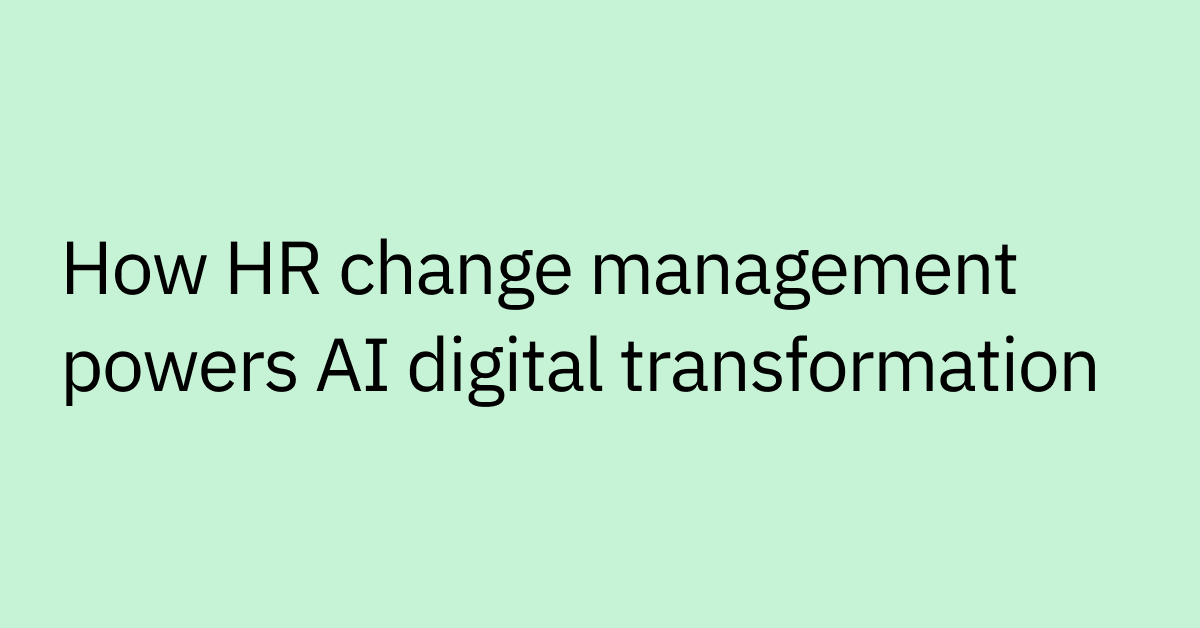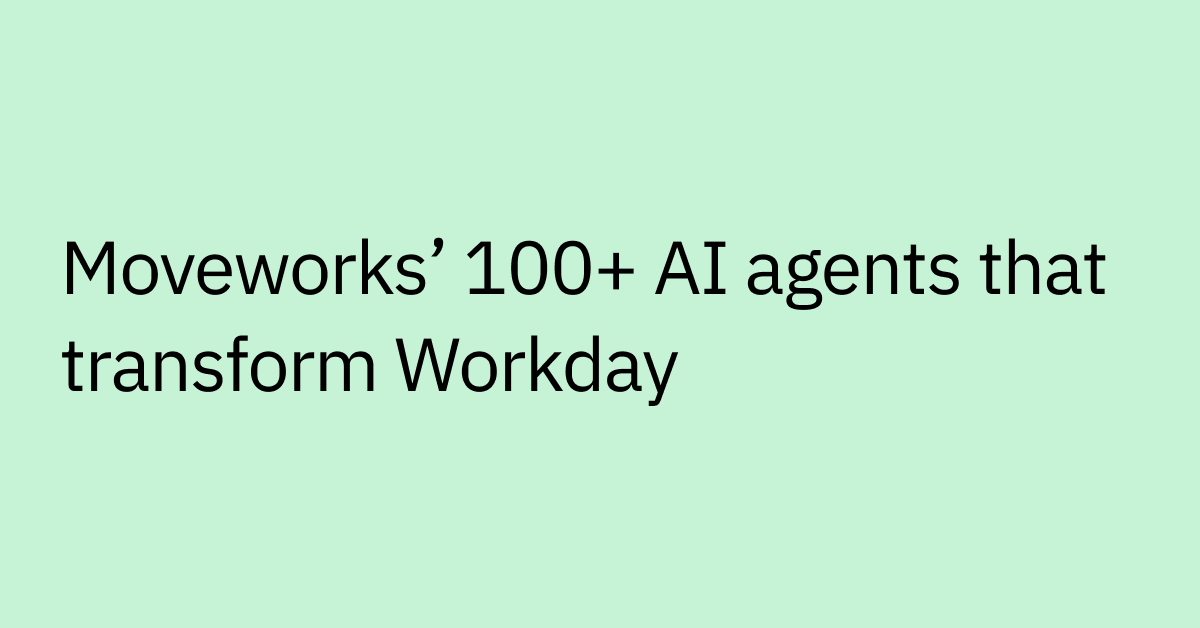Table of contents
Highlights
- HR automation reduces friction: It is able to handle repetitive tasks like onboarding, PTO requests, policy lookups, payroll queries, and case resolutions autonomously, making HR workflows and employee support faster.
- Traditional workflows struggle to scale: Static automation often breaks across HR systems. AI-powered, agentic automation resolves complex, cross-system requests end-to-end.
- Agentic automation solutions elevate experience: Employees can get instant, natural-language, personalized, and support directly in the tools they already use, like Slack or Teams.
- Automation best practices create ROI and scale strategic initiatives: Aligning HR process automation with business outcomes helps HR leaders demonstrate value and expand their initiatives with confidence.
What does your HR team’s to-do list look like? New hires still waiting on onboarding paperwork, dozens of employees across different time zones all making time-off requests, and policy updates that are crawling through endless approvals?
Meanwhile, your team is stretched thin, tied up in case resolution instead of focusing on culture, retention, or workforce planning.
This scene is all too familiar for human resources leaders managing global teams as manual processes pile up, case backlogs grow, and siloed systems slow down even the simplest tasks. Employees get frustrated, while HR teams remain buried in work that should take minutes, not days.
That’s why automating HR processes can’t be an afterthought anymore.
This is where AI comes in — AI automation can not only understands requests, but advanced tools can also reasons across systems and use AI agents to take end-to-end action on behalf of employees.
We'll explain how to leverage AI to speed up workflows for HR and deliver consistent, trustworthy support. Learn the how to set up AI-powered automation that can adapts to context, connect across systems, and clear bottlenecks, so your employees get the help they need, right when they need it.
This guide explores the best practices for scaling HR automation to reduce friction, free your team for strategic work, and deliver the seamless omnichannel employee experience your workforce expects.
What is HR automation today?
HR automation is the use of software to streamline and execute human resources tasks, workflows, and multi-step business processes that would otherwise need to be done manually.
Think of the everyday HR functions that flood your inbox: new employee onboarding checklists, PTO and leave requests, payroll questions, policy lookups, benefits administration, case resolution.
These are all important, but they typically follow a similar process and don’t need an HR professional’s attention every single time. When you automate them, your HR department spends less time pushing forms around and more time shaping culture, improving employee engagement, and driving growth.
But here’s the challenge: traditional automation is often rule-based. It streamlines simple, one-step tasks, but the moment a request spans multiple systems or needs context, it crumbles.
A leave request in Workday, for example, may still require approvals in ServiceNow or updates in SuccessFactors, creating inefficiencies that frustrate employees and overload HR teams.
That’s why enterprises are shifting to AI-enabled HR automation. Unlike static workflows, AI understands natural language, integrates seamlessly across platforms, and resolves cases end-to-end. This makes HR support feel seamless instead of fragmented — giving employees fast answers without the bottlenecks.
Why traditional automation workflows fall short
On paper, traditional approaches like robotic process automation (RPA) and integration platform as a service (iPaaS) look efficient. RPA mimics clicks on screens to reduce manual data entry, while iPaaS links apps through connectors.
With both, you design a scripted path, set up approvals, and expect it to run consistently. But these techniques rely on rigid rules, so any process change, like a new policy or an unusual request, can break them.
That means employees often end up waiting on manual approvals, bouncing between portals, or opening tickets when workflows break midstream. Tasks that should take minutes can drag on for days, leaving both employees and HR frustrated.
These workflows also lack context. They don’t adjust for an employee’s role, location, or seniority, and scaling them across systems like Workday, ServiceNow, and SuccessFactors is a constant headache. They also skip natural language entirely, so employees can’t just ask a question and get an instant answer.
As a result, HR teams stay buried in tickets, compliance risks increase, and employees still get inconsistent experiences — exactly the problems you’re trying to solve with automation.
That’s why many enterprises view RPA useful tools for narrow tasks and iPaas for building custom automations, but not flexible, scalable, or fast enough on their own. To scale HR automation across the enterprise, you need agentic AI that can adapt to context, connect multiple systems, and deliver consistent outcomes.
How AI and AI agents enable HR automation at scale
Traditional tools can automate HR tasks, but AI changes the game entirely. Instead of rigid workflows that stall when things get complicated, AI adds flexibility, context, and human-like touch to HR service delivery.
With natural language processing (NLP), your employees don’t have to click through endless menus or wait for a case update. They can just ask your integrated AI assistant, “How many PTO days do I have left?” or “What’s our parental leave policy?”, and get the correct answer in real time.
AI agents in HR go even further. While AI interprets and answers questions, AI agents can reason, plan, and take autonomous, multi-step actions across systems.
Imagine onboarding a new hire. Instead of manually juggling HRIS, payroll systems, and talent management platforms, an AI agent can coordinate the hiring process from start to finish — tasks that once took days are now being resolved in minutes.
For HR leaders, the value is twofold:
- Driving true employee self-service: AI assistants let employees check policies, view PTO totals, or resolve payroll hiccups on-demand, pulling accurate answers from knowledge bases and connected systems.
- Freeing up HR for strategic work: With AI handling the routine, your team can shift its focus to engagement, culture, and talent strategy instead of chasing tickets.
HR automation best practices for the enterprise — and how AI optimizes them
Moving HR from reactive problem-solving to proactive strategy takes more than surface-level automation. The most successful enterprise leaders follow a framework that balances efficiency, employee experience, and long-term impact. The key is to start small, prove value, and then scale — with AI powering each step. Here’s how you can make it work in practice.
Start with the foundation: Automating high-volume, high-friction processes
Focus first on manual tasks that drain HR operations. Common examples include onboarding, PTO approvals, payroll questions, and policy lookups — repetitive, high-volume tasks that follow predictable patterns.
AI shines here by resolving these tasks instantly and accurately.
Instead of waiting on tickets, a new hire can access onboarding steps, benefits enrollment, and IT provisioning in one smooth flow. Meanwhile, your HR team can shift attention to strategy instead of repetitive casework. Quick wins like these demonstrate ROI and build momentum for expansion.
Prioritize employee experience to drive adoption
Efficiency alone won’t convince employees to embrace automation. If tools are confusing or require multiple logins, adoption stalls. The key is making automation effortless.
Natural language interfaces, AI-powered assistants, and self-service channels integrated into Slack or Microsoft Teams give employees the help they need without disrupting their flow of work.
When automation is faster and easier than manual alternatives, adoption becomes self-sustaining — driving measurable ROI and employee satisfaction.
Connect everything with cross-system integration
Your HR ecosystem spans Workday, ServiceNow, SuccessFactors, payroll, and IT systems. When automation works in silos, employees still hit roadblocks. Tools built with agentic AI solve this challenge by connecting processes end to end.
For example, when an employee updates their address in Workday, an AI agent is able to automatically sync the change with payroll, benefits, and identity systems. This reduces duplicate entries and ensures a single source of truth.
Use automation to personalize at scale
Employees don’t want cookie-cutter responses. AI agents tailor answers based on role, location, and employment type.
A contractor in Europe will see PTO policies that follow E.U. regulations, while a U.S.-based full-time employee receives guidance aligned with federal and state laws.
This context-aware support minimizes confusion, prevents unnecessary escalations, and saves HR time — while improving employee trust and satisfaction.
Embed compliance and security from day one
HR workflows handle highly sensitive employee data — payroll, healthcare records, personally identifiable information (PII) — which makes compliance and security non-negotiable. Treating them as an afterthought creates risks that are costly to fix later.
The better approach is to bake secure permissioning, encryption, and auditability into every workflow from the start.
Some AI agents are able to enhance security and compliance by flagging unusual activity, preventing unauthorized access, or keeping audit trails. This both reduces risk and helps to maintain compliance with regulatory requirements like GDPR HIPAA, and SOC 2 standards.
Drive change management and adoption
Even the best HR technology fails without buy-in. To ensure automation succeeds, invest in change management.
Communicate the benefits clearly, showing employees how automation makes their workdays easier instead of framing it as just a cost-saving measure. Provide accessible training and ensure tools live in platforms employees already use.
Recruit champions across regions or departments who can model adoption and build peer trust. These internal advocates are powerful drivers of change.
At the end of the day, the success of your automation program depends less on the tools themselves and more on how people integrate them into their daily work.
Measure, iterate, and expand
HR automation isn’t a one-and-done project. To sustain impact, treat it as an ongoing program.
Begin by automating a handful of high-value processes, like PTO requests or onboarding, and measure results using clear key performance indicators (KPIs). Metrics like resolution times, employee satisfaction scores, and case deflection rates reveal whether automation is delivering on its promise.
Use these quick wins to prove value, refine processes, and secure executive sponsorship for broader initiatives.
Over time, iteration ensures each new use case is grounded in measurable outcomes.
Align HR automation with business outcomes
The real impact of HR automation is in advancing business goals. Forward-thinking HR leaders align each automation initiative with outcomes like boosting retention, shortening time-to-hire, or improving internal mobility.
This strategic framing elevates HR leaders from a support function to a growth driver, making it easier to secure executive sponsorship and establish HR as a partner in shaping organizational success.
Transform HR with intelligent automation, not just workflows
Traditional automation can shuffle tickets and trigger workflows, but it rarely closes the loop. Employees expect quick, accurate answers without back-and-forth, and you need solutions that grasp the full request and act on it.
Moveworks is an enterprise AI platform built to automate HR workflows and employee support at scale. Instead of just routing requests, it can help resolve them — more securely, consistently, and across your systems.
With Moveworks, HR leaders are able to:
- Understand natural language so employees can ask for what they need in any of 100+ supported languages right in Slack or Microsoft Teams.
- Resolve common L1 requests end-to-end across systems like Workday, ServiceNow, and SuccessFactors, reducing manual handoffs.
- Personalize responses at scale by factoring in employee context such as role, location, and department.
- Deliver measurable outcomes such as faster processes, lower case volume, quicker resolution times, and higher employee satisfaction.
Imagine your onboarding, payroll queries, benefits enrollment, and policy delivery happening seamlessly across the enterprise — freeing your HR team to focus on strategy instead of repetitive tickets.
Build HR support that works for everyone (automatically) with Moveworks.
Frequently Asked Questions
The biggest win is speed. HR automation cuts case volume, automates HR workflows across systems, and gives employees instant answers without the back-and-forth. Once properly set up, automation of tasks like onboarding, payroll queries, and policy delivery run smoothly across systems. This helps lead to happier employees, quicker service, and more time for HR teams to focus on strategy instead of manual tasks.
Traditional workflow automation tools are resource intensive use or follow rigid scripts and often break when processes shift. Agentic AI-powered automation systems are dynamic and work smarter. They can adapt to changing situations and input by understanding context, connecting across systems, and working towards goals with little to no intervention. That flexibility makes them far more scalable for large enterprises.
Start with the processes that generate the most noise. High-volume, high-friction areas like onboarding, PTO requests, payroll questions, and policy lookups are perfect candidates. They deliver quick wins, generate measurable ROI, and build momentum to expand automation across the enterprise.
Success comes down to outcomes. Track KPIs like reduced time to completion, time-to-resolution, case deflection rates, and employee adoption. Then connect those metrics to bigger business goals, such as reducing attrition or shortening time-to-hire. Most automation platforms provide built-in analytics, giving HR leaders the visibility they need to prove impact and continuously improve.
Technology alone isn’t enough — you need change management too. Show employees and your HR team how automation can makes their workdays easier, provide personalized training, and recruit champions in each department to build trust and encourage adoption.



